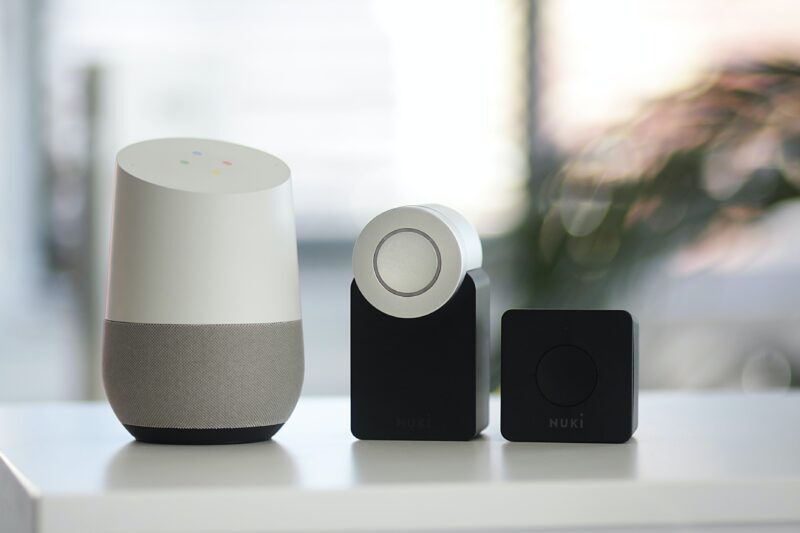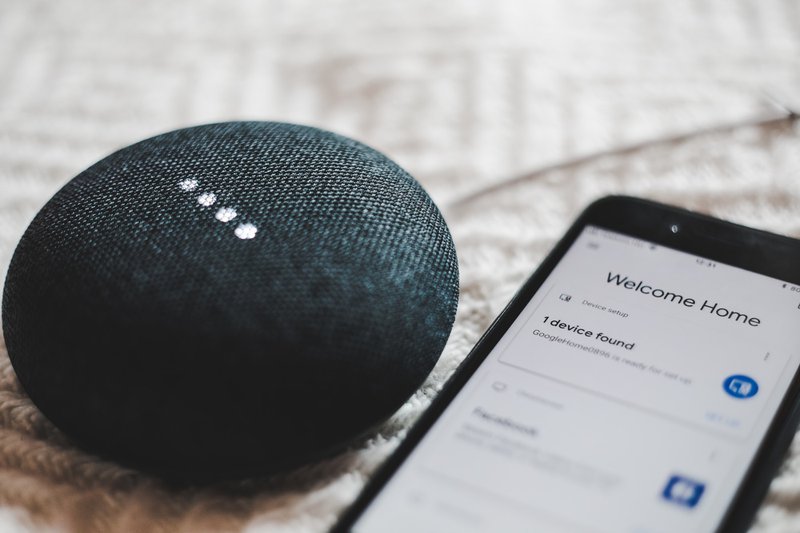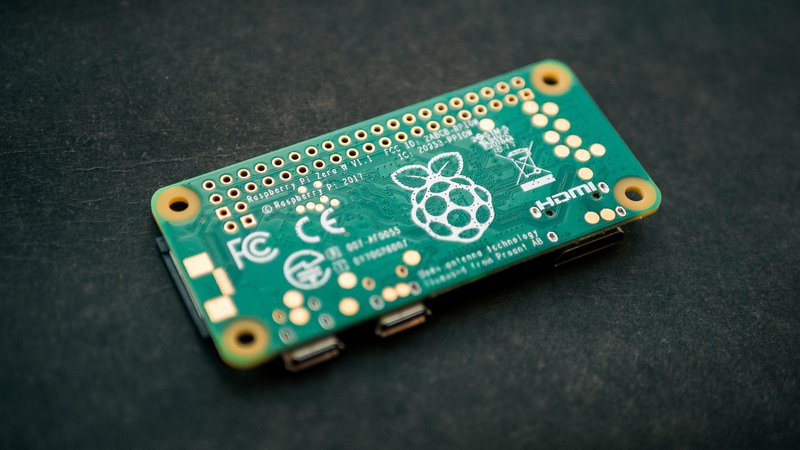
July 17, 2020
What You Need To Know About IoT
IoT (Internet of Things) surrounds all of us. What was once a smart assistant in your living room has transformed itself into devices that analyze health information, track exercise statistics, and secure your home. With the rise of Edge Computing, we are seeing increased opportunities to leverage IoT based products. Use cases for IoT solutions are increasing with no end in sight. Future growth in the IT sector will depend on IoT devices for ground-breaking innovation.
What Is IoT?
IoT is a term that refers to a truly vast array of devices and technologies. You can essentially think of it as any device that is able to connect to the internet and perform some sort of task. These devices can be “Smart Assistants” like Alexa, Siri, or Google Home. They can be your smart watch, a health monitoring device, or even a pump monitoring device on a well out in the middle of nowhere. Additional devices include IoT connected cars, Virtual Reality, Augmented Reality, and smart network grids.


Current data from Statista suggest that consumer demand for internet connected devices is reaching astronomical levels. In 2019, the managed services market for IoT surged to $34.9 billion, with Amazon Web Services reigning as the leading infrastructure backend. The use cases for IoT services and devices are growing what seems like weekly!
Impressive Use Cases Today
There are some truly spectacular IoT use cases today, especially in the area of wearables and healthcare technology. These advancements beg the question – is IoT becoming better at detecting a range of problems than humans? Gartner Group compiled some interesting methods being used by IoT devices to identify specific emotional responses in people. By using input routes like imaging sensors, heart rate monitors, microphones, and motion sensors, healthcare IoT devices are able to leverage artificial intelligence and neural network patterns to detect human environmental factors. These environmental factors include voice tone, facial expression, pulse, body language and electrodermal activity. In response, the IoT device can issue a verbal, acoustic, haptic, or visual response to alert the user to changes in emotional conditions. This use case is very interesting because it signals that IoT devices used in healthcare may soon be able to alert us to mood changes within ourselves or others.


Internally, Flint Hills Group has developed a solution using a very popular IoT device, the Raspberry Pi or “Pi”. FHG developed a prototype Pi device that monitors a downdraft table used for painting, grinding or welding. This system tracks power-on hours, internal temperature, internal pressure and how often the access doors are opened to clean out the debris which is required by OSHA. The internal pressure reflects how well the filter is working and if it should be replaced. The system connects to local wifi networks and reports a wide array of information to the users with email reports including daily use, alerts for over-temp and when it’s time to reorder a filter that is soon to become clogged. Warnings are sent when potential OSHA violations are looming because the debris has not been removed on a daily basis. All of this occurs automatically with the Pi as the central monitoring IoT device connected to the internet. This is only a small glimpse into what can be done with the Raspberry Pi. Many enthusiasts have engineered solutions ranging from their own personal document clouds (like Google Drive, but not on their servers), to complete media center streaming devices that route video to every television in the home.
Leverage IoT When Building Solutions
You must consider a few important concepts when building or leveraging IoT solutions. IoT systems need to be secure with login credentials. IoT systems with a lack of login credentials can be a large target for hackers and bad actors. IoT devices are essentially useless if they do not have a connection to the internet. You can mitigate this by caching data stored on your device until a data connection can be established. IoT devices benefit from edge computing, a distributed computing topology that helps make IoT devices more useful when centralized computing solutions are not available or practical. Edge allows IoT devices to maintain their data connections even in remote areas by using LTE, WIFI, Bluetooth or decentralized methods of network connectivity such as caching. If you haven’t already considered leveraging IoT in your business process, you might want to, as the IoT market is exploding with only more growth coming down the pike!
Let Us Help
We specialize in building custom solutions crafted around the needs of your business. We are highly experienced in developing IoT solutions. Our hand-picked, US-based software developers can give your business what it needs to thrive in a dynamic technology climate. Our team has a diverse skills set that can make your custom software dreams a reality. Browse what Flint Hills Group can provide for your business.
When you choose Flint Hills Group, you choose a dedicated team of experienced US individuals whose focus is delivering a high quality and reliable product. We utilize the latest development trends so that your software is up to date and future ready.
We can provide you with outsourced developers or an entire software team with a project manager. Be sure to read our reviews on Clutch, an independent platform for rating agencies. You can then review our process, and request an estimate for your project.
Chris Gonzalez
Development Enthusiast
Chris is currently a Computer Science student at Western Governors University. He enjoys all aspects of software engineering and web development.




Chris Gonzalez
Development Enthusiast
Chris is a currently a Computer Science student at Western Governors University. He enjoys all aspects of software engineering and web development.

